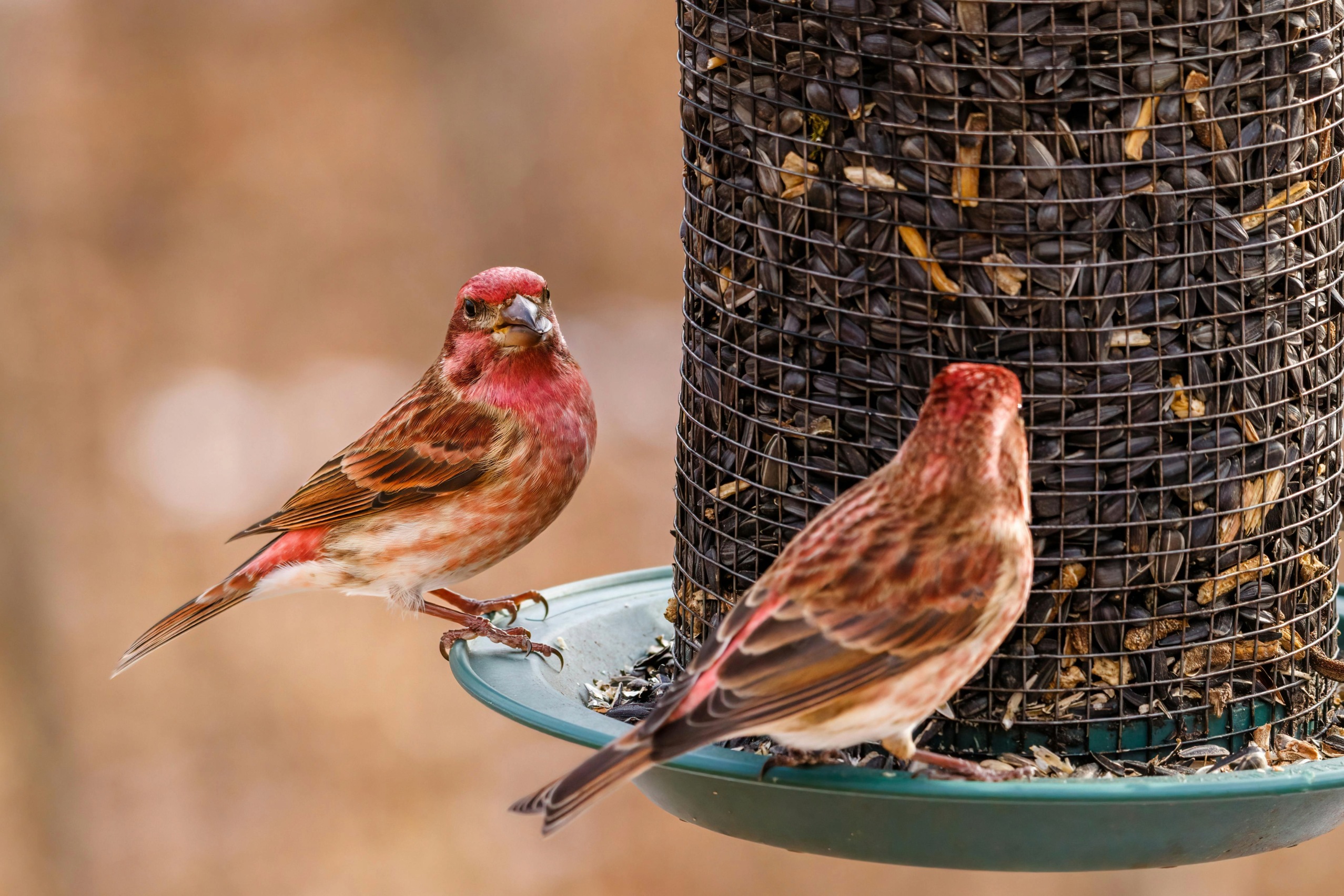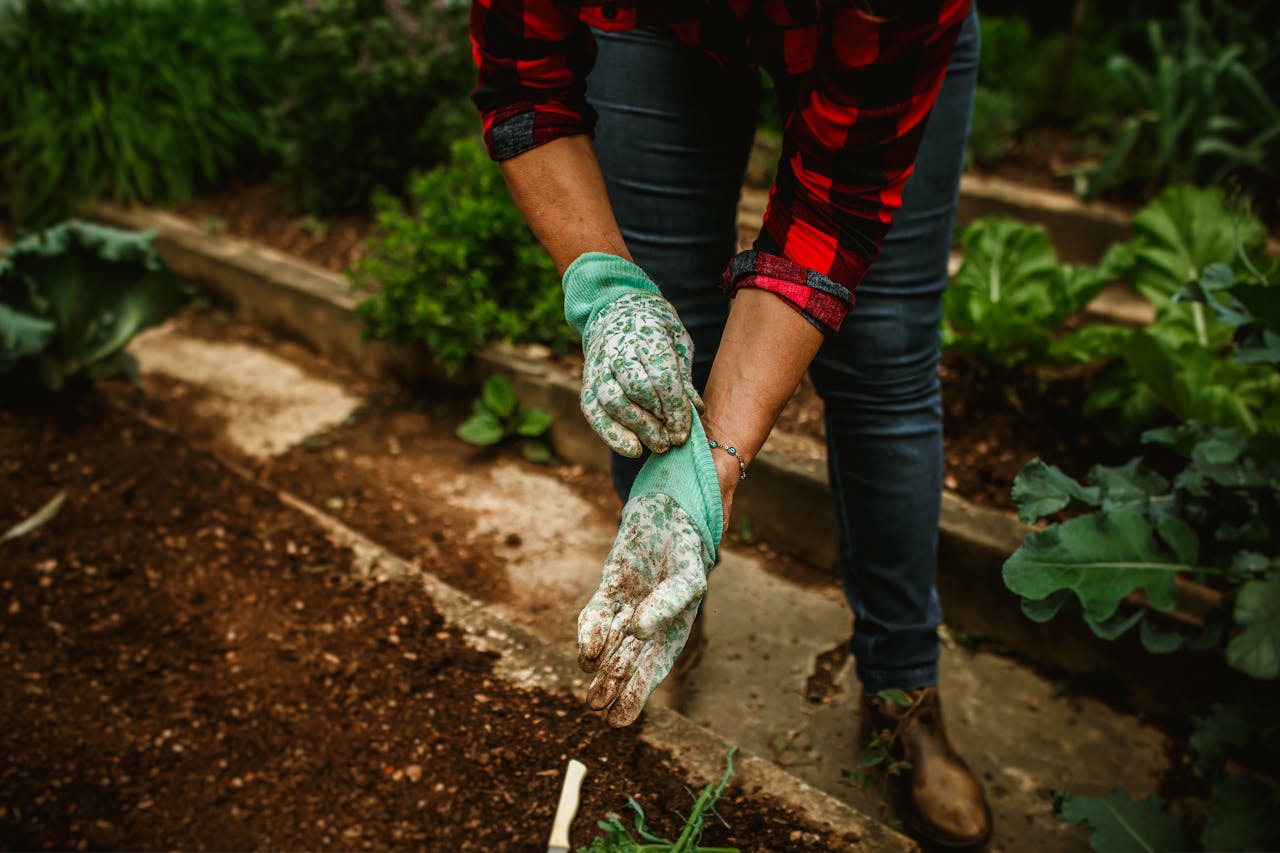
How to Choose a Bird Feeder / Where to Install It and What to Fill It With
To watch birds and help them survive the hungry times, you don't necessarily have to go outside: simply hang a bird feeder on your balcony or window. We explain the advantages and disadvantages of window feeders, how to choose the right one, where to place it, and what to fill it with.
Why Install a Feeder on the Window?
There are three reasons to consider setting up a feeder:
- Care for the birds. It's especially important to feed them in cold weather, as it helps them survive the hunger and make it to spring.
- Get to know local residents. Your feeder may attract not only sparrows and tits, but also less common species—bullfinches, blue tits, nuthatches, treecreepers, finches, jays, and chickadees.
- Entertain your pet. Cats love watching birds at the feeder, much like how we enjoy watching TV shows. The important thing is that both your pet and the birds stay safe.
However, window feeders have their drawbacks. First, your neighbors may not appreciate the idea. Many are unhappy about the noise of birds and the droppings they leave on windowsills. Secondly, a gathering of small birds can attract predators, such as falcons and hawks, which might risk flying into the window and getting injured. To avoid this, apply a UV marker pattern on the glass. It will be invisible to people but serve as a signal to predators.
How to Choose the Right Feeder
If the reasons for installing a feeder outweigh the drawbacks, it’s time to choose the right one. Here’s what to look for:
- A roof: It will protect the food from rain and snow.
- A convenient entrance: The entrance should be large enough for the bird to enter and exit easily. It’s great if there are multiple entry points, so the birds feel more comfortable.
- Small borders at the bottom: These will prevent the food from spilling out. Also, make small holes in the bottom so any rainwater can drain out.
The simplest option is to buy a ready-made feeder. Prices for models made of clear plastic, which attach to windows with suction cups, range from 300 to 500 rubles (around $3.50 to $6.00). All you need to do is stick the "bird dining room" to the window and fill it with food.
You can also make a feeder yourself using a plastic bottle, a milk carton, or wooden planks. Use double-sided tape to attach it to the window, and securely tie it with ribbons or string attached to the window handle inside.
Where to Install and How to Care for It
You can install the feeder in any room, but it’s best to choose a spot where you often look out the window. For example, if you hang it in the kitchen, you can watch the birds during breakfast, lunch, or dinner. Another great option is the children’s room or playroom, so your little one can enjoy watching the birds during their activities. And if you are buying the feeder for your cat, pick a safe and convenient spot for it.
It’s best to replenish the food daily, and if many birds visit, you might need to refill it twice a day. Make it a ritual, like filling it every morning before breakfast or before you leave for work.
Also, the feeder should be cleaned regularly, ideally once every two weeks. Take it off the window, remove all debris, then soak it in a water-bleach solution (one part bleach to nine parts water). Scrub with a sponge, rinse, dry thoroughly, and hang it back. Regular cleaning will keep the feeder looking nice and prevent the spread of harmful microorganisms.
What to Feed the Birds
Before moving to the list of approved foods, remember what birds cannot eat. First and foremost, all salty foods are off-limits: fried seeds, nuts, chips, bacon, lard, and other snacks. Don’t give them spoiled or moldy food, including old bread. Milk is also forbidden because birds can't digest it. You should also avoid putting black bread, millet, rice, potatoes, or apple, apricot, or cherry seeds in the feeder because they contain cyanide.
Universal approved foods:
- Raw seeds: sunflower, pumpkin, flax, oats, and other grains (except millet and rice), wheat, and other cereals.
- Berries: rowan, hawthorn, and crushed raw nuts.
If the same species visit your feeder regularly, adjust the food to their preferences:
- Sparrows love bread crumbs, wheat, and barley, in addition to seeds and oats.
- Tits enjoy fresh unsalted lard, meat, or butter.
- Bullfinches prefer berries and watermelon or melon seeds (which you can store from summer).
- Jays like fatty nuts and acorns.
- Nuthatches, like tits, also enjoy unsalted lard or butter.
What Else Can You Do?
You can hang the feeder not only on the window but also in your yard. This way, neighbors are unlikely to complain, and you can regularly refill it.
Recent articles from Gardening

Upcycling Old Garden Tools: Creative Projects for Sustainable Gardening
Introduction: Transforming old or unused garden tools into functional and decorative items is a fantastic way to practice sustainability while adding unique touches to your gard...

Designing a Seasonal Pollinator Garden: Year-Round Strategies for Supporting Local Wildlife
Introduction: A seasonal pollinator garden is designed to offer continuous support to pollinators throughout the year, providing them with essential resources as the seasons cha...

How to Grow a Potted Rose at Home: Bush, Chinese, Patio, and Cordana Roses
Roses are beautiful yet finicky flowers. Without proper care, they may stop blooming, and their leaves might develop rust or white spots. In this guide, we'll share tips for choosing, buying, an...